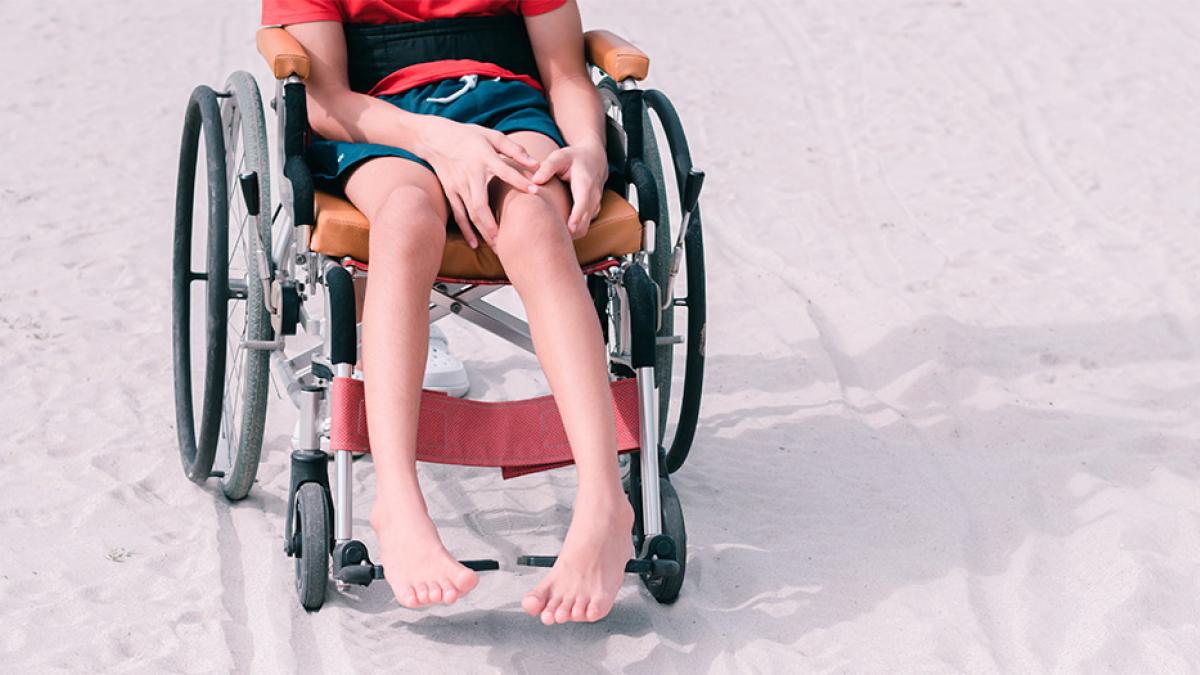Friedreich’s Ataxia is a hereditary and neurodegenerative disease that affects young people and is characterized by a slowly progressive deterioration of gait coordination and the ability to maintain correct body posture, as well as other neurological signs and symptoms.
It is the most common hereditary ataxia with an autosomal recessive pattern of inheritance. A carrier will not get the disease but could pass the affected gene on to her children. If both parents carry the gene for Friedreich’s ataxia, their children will have a 25% chance of developing the disease and a 50% chance of inheriting an abnormal gene that they, in turn, could pass on to their children.
Friedreich’s ataxia was described by the German neurologist Nikolaus Friedreich, and in 1988 it was possible to identify the mutation of the responsible gene and its location on chromosome 9. For this reason, from the year 2000, the international day of ataxia was established. , which is celebrated on September 25 of each year, with the aim of making the population aware of this rare disease and donating assets to improve the quality of life of these patients.
The disease causes in those who suffer from it a progressive deterioration of the cerebellum and dorsal spinal ganglia.
This degeneration causes in those affected, in an unstoppable way, a progressive loss of many of the functions necessary for personal autonomy: loss of sensitivity, incoordination in movements, scoliosis, dysphagia, dysarthria, immunodeficiency, radio sensitivity (sensitivity to radiant energy, like that of an x-ray), and a predisposition to cancer and in many cases diabetes and serious heart problems, causing death in most cases.
Those affected by this disease, in a more or less short time, are forced to use a wheelchair and, progressively, every day, to depend on the attention and care of their relatives, as they end up losing all personal autonomy.
The first symptom to appear is usually difficulty walking or gait ataxia. The ataxia gradually worsens and slowly spreads to the arms and then to the trunk. Early signs include foot deformities such as claw foot, toe flexion (involuntary toe flexing movements), big hammer toes, and inversion of the feet (flexion of the feet). into). Over time, muscles begin to weaken and atrophy, especially in the feet, lower legs, and hands, and deformities develop.
Other symptoms include loss of tendon reflexes, especially in the knees and in the wrists and ankles. There is often a gradual loss of sensation in the extremities, which may spread to other parts of the body. Dysarthria (slow diction or indistinct diction) appears and the person tires easily. Rhythmic, rapid, and involuntary movements of the eyeball are common. Most people with Friedreich’s ataxia develop scoliosis (curving of the spine to one side) which, if acute, can make it difficult to breathe.
Other symptoms that may occur include chest pain, shortness of breath, and heart palpitations. Rhythmic abnormalities of the heart such as tachycardia (rapid heartbeat) and heart block are also common.
There is currently no effective cure or treatment for Friedreich’s ataxia. However, many of the symptoms and complications associated with this disease can be treated in order to help patients maintain optimal function for as long as possible.
https://medlineplus.gov/spanish/friedreichataxia.html#:~:text=La%20ataxia%20de%20Friedreich%20es,cinco%20y%20los%2015%20a%C3%B1os.https://es.wikipedia.org/wiki/Ataxia_de_Friedreich#:~:text=La%20ataxia%20de%20Friedreich%20fue,localizaci%C3%B3n%20en%20el%20cromosoma%209








